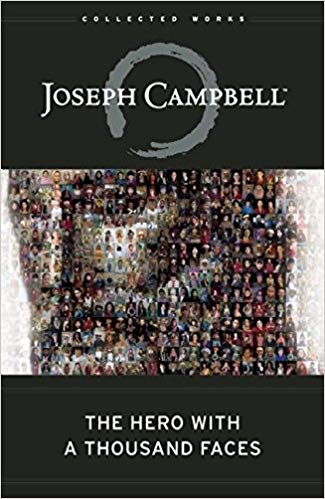
A lot of popular fiction starts out with a boring, pedestrian scene, e.g., we see our hero or heroine coming home and saying, “Thanks for cooking X, honey!” X was Y’s favorite dinner, we’re told. Actually we don’t need to know what they’re having for dinner or the main character’s favorite dinner. Just plunge right into the conflict.
I suspect this sort of thing in modern fiction is due to a misunderstanding of Joseph Campbell. In his Hero With a Thousand Faces, Campbell noted that many myths from around the world have an ordinary person yanked out of his comfortable pedestrian life and thrown into a world of savage magic, challenges, and adventure. This has led many modern authors who don’t understand the difference between myth and popular fiction to think that their stories should be set up this way. Whoops, no. This is fiction, not myth. Stories should plunge right into the conflict. Don’t show us the character going about his/her normal life before things get interesting. Make them interesting from the first sentence. If we need to know certain features of the main character’s day job or whatever, then tell that as backstory later, dropping in details as we need to know them.
Works of popular fiction that dwell on the normal situation before the conflict really gets going, without boring the reader, are rare. The only two I can think of are Gone With the Wind and The Hobbit. And in Gone With the Wind it works because we’re told on the first page that this is Georgia in April 1861, so we know our characters are on the very brink of a terrible civil war. In The Hobbit it works because the first sentence introduces us to a mystery: “In a hole in the ground there lived a hobbit.” Since no one knew what a hobbit was when the book was first published, we get a mystery that piques our curiosity right from the first sentence. And as we read on we realize the fictional environment we’ve been thrown into is thoroughly new and exotic.
Furthermore, to return to Campbell, the old myths Campbell was discussing actually don’t spend much time detailing the hero’s pedestrian life before things get kinetic. They just say, as it were, “One day Joe, a humble shepherd, encountered a witch and…” etc. Total expenditure on Joe’s initial life situation: three words, “a humble shepherd.” And the “humble” is optional and the “a” doesn’t really count. For example, in Hero’s Chapter 1, “Departure,” Campbell considers the story of
an Arapaho girl of the North American plains. She spied a porcupine near cottonwood tree. She tried to hit the animal, but it ran behind the tree and began to climb. The girl started after it…
And of course an adventure ensues. Notice there’s no breath wasted on detailing the girl’s normal life before she chases the porcupine into the sky. She’s just a girl walking in the woods, and… We’re off!
So any writers who dwell at length on the main character’s normal life at first, really aren’t modeling their story after myth very closely anyway.
I am not blaming Campbell for this mistake that some writers make; I’m blaming a misunderstanding of Campbell. Myths and popular fiction are very different things!
